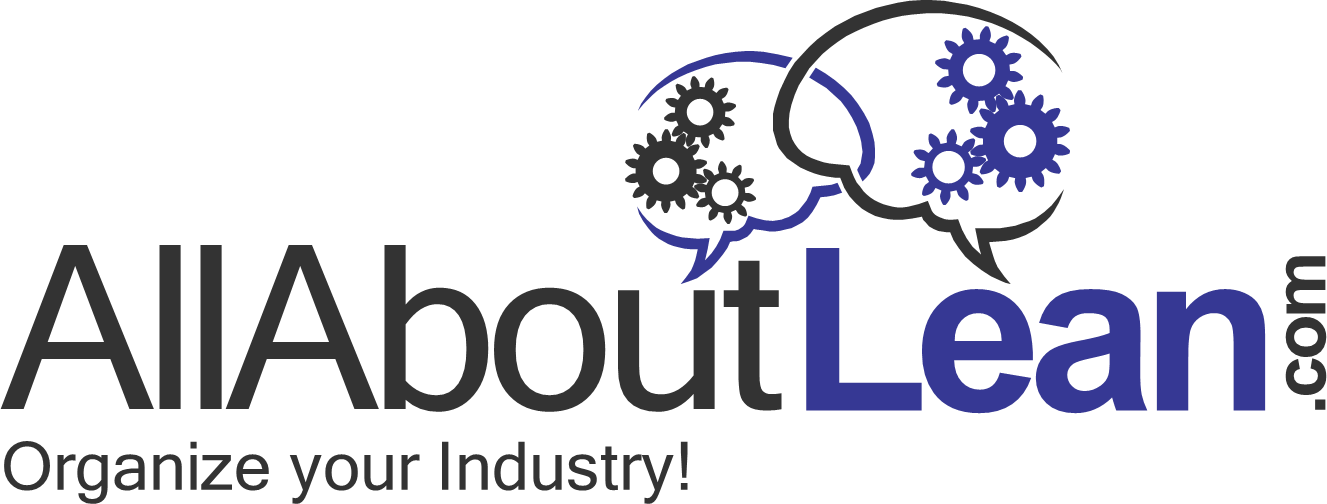 After showing you the details of a few basic creativity techniques, I now get to my most favorite one: creative provocation! It is a bit more advanced, but I had huge successes with this one. It is part of a group of techniques that alter the initial question to foster more creativity. I will also show you reverse brainstorming.
After showing you the details of a few basic creativity techniques, I now get to my most favorite one: creative provocation! It is a bit more advanced, but I had huge successes with this one. It is part of a group of techniques that alter the initial question to foster more creativity. I will also show you reverse brainstorming.
Creativity
How to Do Brainstorming
 A lot of lean is about problem solving, and most of these problems are complex and difficult. Otherwise, someone would have solved them already. Hence, I would like to introduce you to different creativity techniques for problem solving. Most of them can be used in groups to access the collective wisdom and creativity. Most of them are also suitable to develop a number of alternative solutions, of which you can pick the best ones (see my previous post on Japanese Multidimensional Problem Solving). Many of them can be combined in sequence. Let me start with the most common one, brainstorming:
A lot of lean is about problem solving, and most of these problems are complex and difficult. Otherwise, someone would have solved them already. Hence, I would like to introduce you to different creativity techniques for problem solving. Most of them can be used in groups to access the collective wisdom and creativity. Most of them are also suitable to develop a number of alternative solutions, of which you can pick the best ones (see my previous post on Japanese Multidimensional Problem Solving). Many of them can be combined in sequence. Let me start with the most common one, brainstorming:
